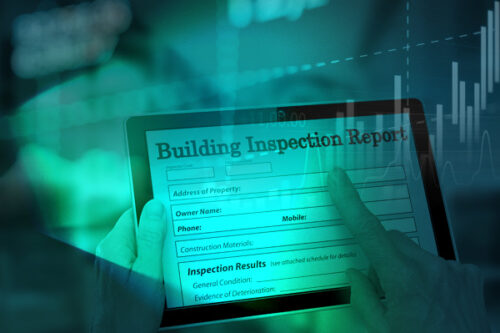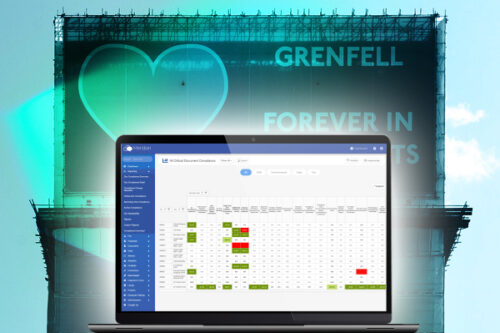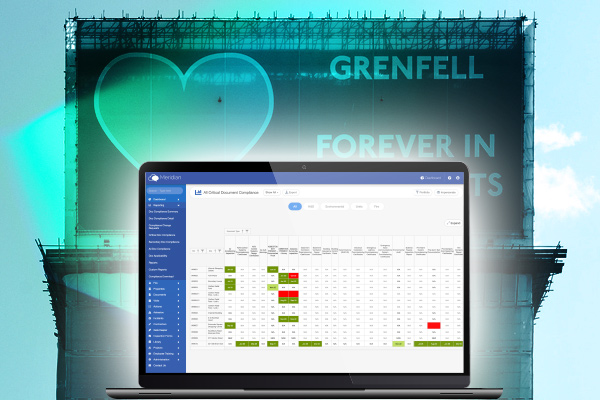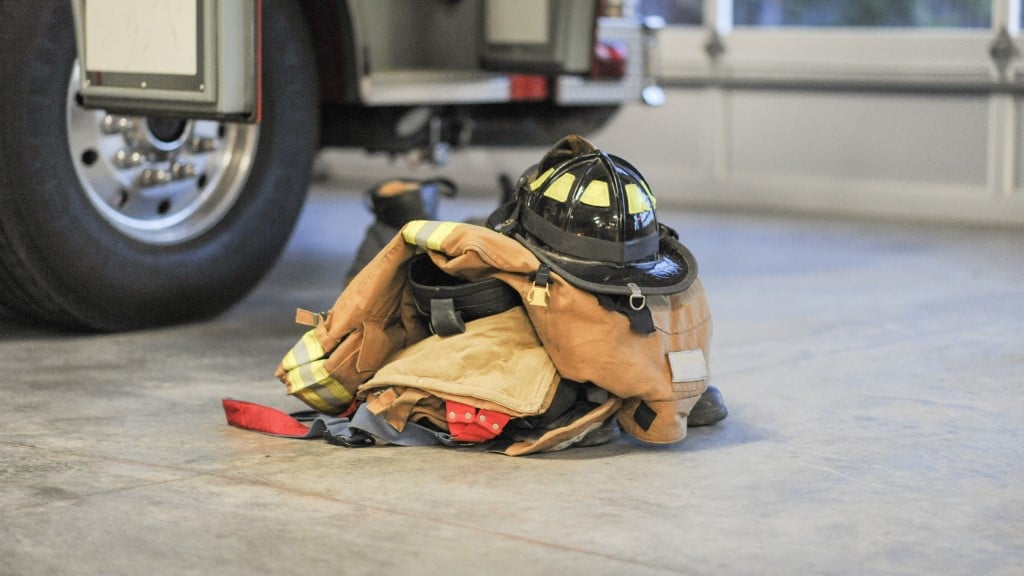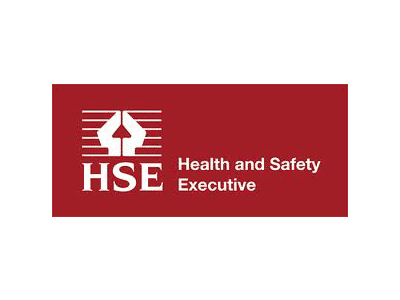November 22, 2024
The Grenfell Tower tragedy of June 14, 2017, stands as a stark reminder of the critical importance of building safety and the devastating consequences when safety measures fail. This catastrophic event, which claimed 72 lives, exposed significant flaws in building regulations, fire safety protocols, and overall risk management in high-rise buildings.
In the aftermath of this tragedy, the construction industry, regulatory bodies, and technology sectors have been compelled to reassess and revolutionise approaches to building safety.
This article explores the role of technology in ensuring building safety in a post-Grenfell world, examining the lessons learned and how innovative solutions, particularly risk management software, can help prevent similar disasters in the future.
The Grenfell Tower Tragedy: A Cascade of Failures
The Grenfell Tower fire was a tragedy that resulted from multiple systemic failures that culminated in a perfect storm of disaster. The fire, which started in a fourth-floor flat, rapidly spread to engulf the entire 24-story building, primarily due to the combustible cladding system installed during a recent refurbishment. Shockingly, this tragic event led to the death of 72 residents of Grenfell Tower.
Key safety failings identified in the aftermath of the Grenfell fire include:
- Combustible cladding: The building was wrapped in aluminium composite material (ACM) panels with a polyethylene core, which proved highly flammable.
- Inadequate fire barriers: The cladding system lacked proper fire stops, allowing the blaze to spread rapidly up the building’s exterior.
- Compromised compartmentation: The principle of containing a fire within the flat of origin failed due to various factors, including issues with fire doors.
- Ineffective emergency response: The London Fire Brigade’s “stay put” policy proved catastrophic as the fire spread beyond its point of origin.
- Poor building management: The local council and tenant management organisation failed to address residents’ safety concerns adequately.
Lessons Learned: A Call for Technological Innovation
The Grenfell Tower Inquiry has shed light on numerous areas where technology could play a crucial role in preventing similar tragedies. Some key lessons include:
